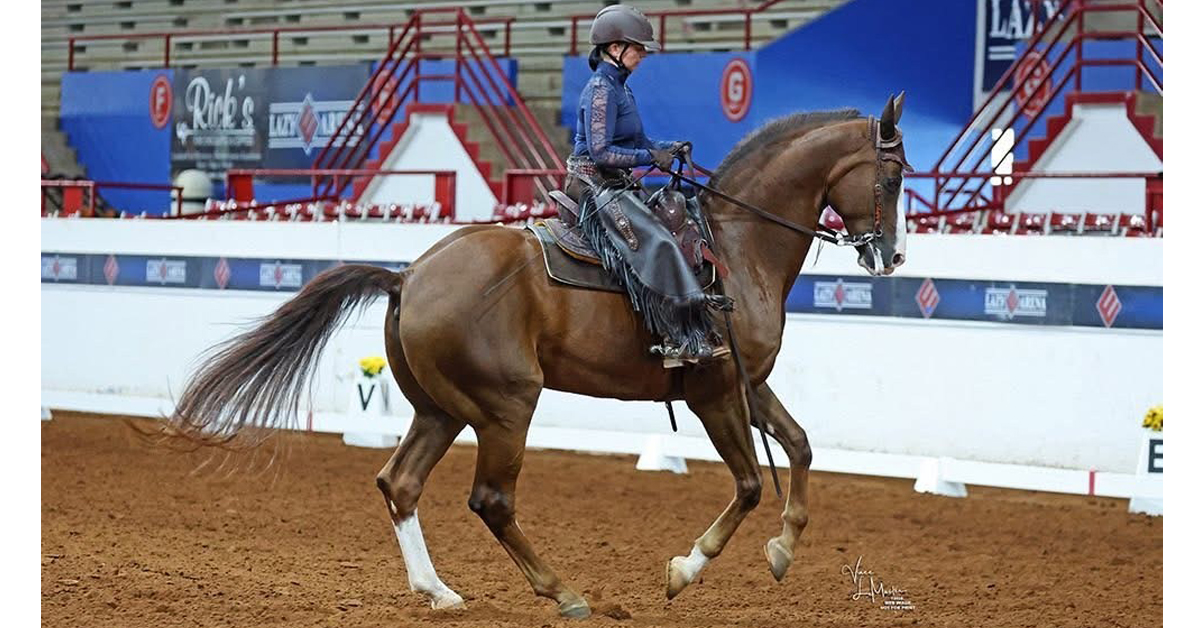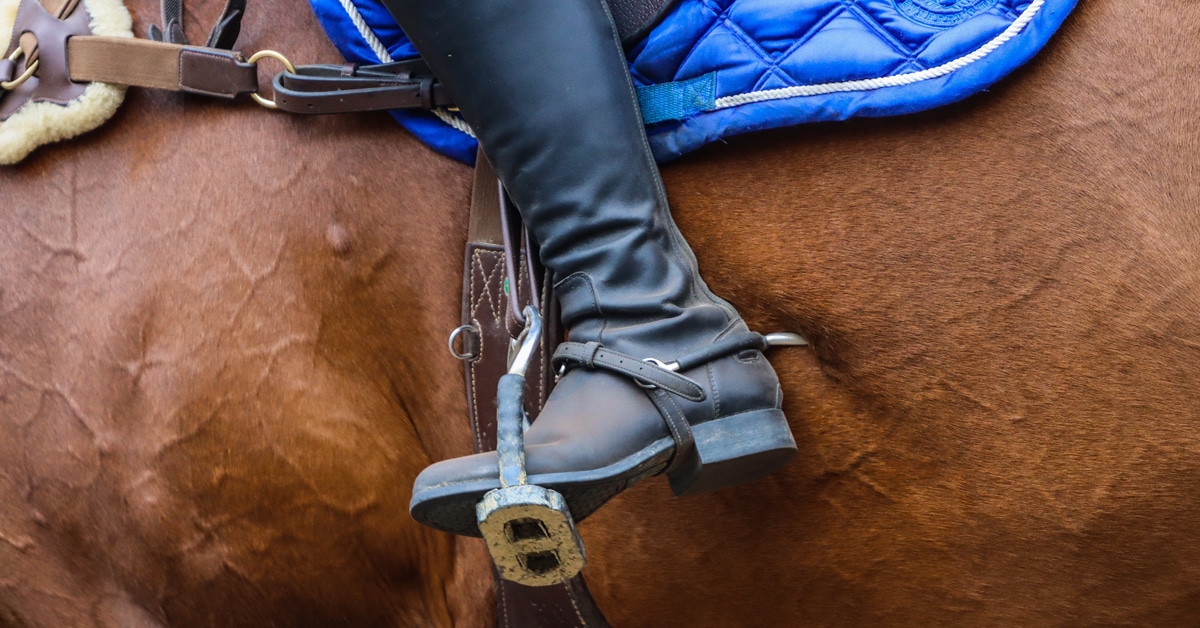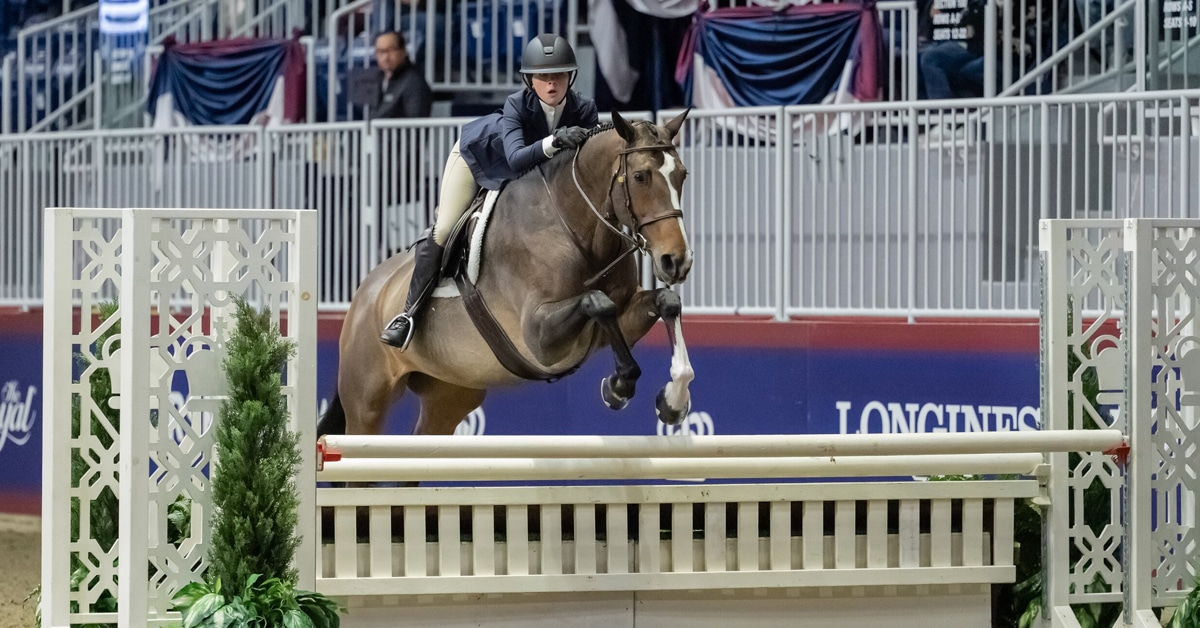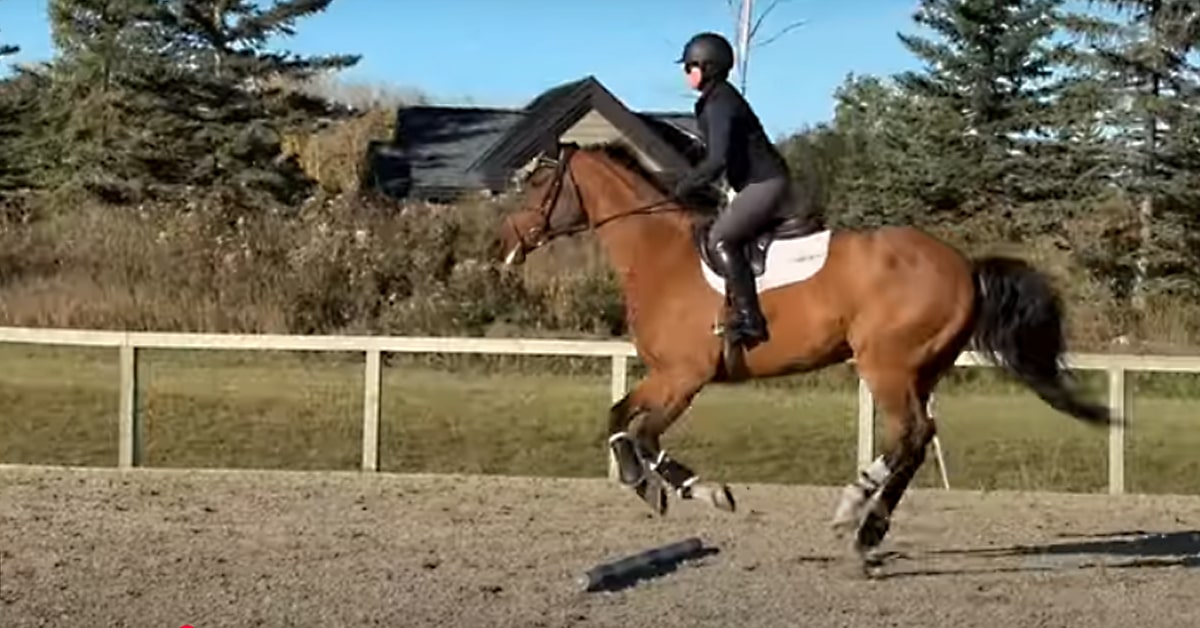The Ridden Horse Pain Ethogram (RHpE), otherwise known as the ridden horse checklist, was developed as a tool to facilitate recognition of lameness. There is evidence from Denmark, Sweden, Switzerland and the United Kingdom that at least 50% of the sports and leisure horse populations that are considered by their riders to be working comfortably are actually lame, indicating that riders and trainers are poor at recognizing lameness.
Horses are stoical and generally compliant, despite experiencing discomfort. As prey animals, horses have developed adaptations of movement to mask pain. They reduce the range of motion of the thoracolumbosacral region, shorten step length, reduce the height of arc of foot flight and increase duty factor (the proportion of the stride time that a limb bears weight), all to spread load among limbs. These adaptations can lead to muscle atrophy, altered neuromuscular pathways and sometimes the development of other secondary problems, which can make successful treatment and rehabilitation more challenging than if lameness had been recognized earlier.
There are many myths in the equestrian world that have been perpetuated through generations. It has been accepted that there are grumpy, difficult, ‘stressy’ or lazy horses. Abnormalities of canter (for example, close temporal and spatial placement of the hindlimbs, so-called bunny hopping) have been regarded as training problems.
People say, ‘My horse hates dressage but he jumps well, so there cannot be anything wrong,” without asking why the horse struggles to work well on the flat. As a result, the horse or the rider get blamed by trainers without anyone questioning why a horse is unwilling or shows tension.
Coercive training methods are sometimes adopted (‘use a longer whip’ or ‘use a stronger bit’), with the potential for any underlying problems to worsen.
The RHpE was developed as a tool to facilitate the recognition of pain-related poor performance and pain-induced gait abnormalities. An ethogram is a series of behaviors, each with strict definitions (for example, mouth opening with separation of the teeth for 10 seconds or more). By comparison of extensive video footage of non-lame and lame horses acquired during ridden work, an ethogram comprising 117 behaviors was developed. Through application of this ethogram to non-lame and lame horses, 24 behaviors were identified (for example, ears pinned back for 5 seconds or more and repeated tail swishing), the majority of which were at least 10 times more likely to be seen in a lame horse compared with a non-lame horse. These 24 behaviors comprise the RHpE and, by comparing non-lame and lame horses, it was shown that the display of eight or more of the 24 behaviors is likely to reflect the presence of musculoskeletal pain. However, some lame horses have a RHpE score less than eight and any of the 24 behaviors could be caused by a variety of factors. Therefore, it is the total score which is important.

The RHpE is a valuable, scientifically-validated tool for assessment of pain in ridden horses.
The RHpE was applied to ridden horses before and after resolution of lameness using diagnostic anaesthesia (nerve blocks). There was an immediate and substantial reduction in the RHpE scores, demonstrating a causal relationship between the behaviors and pain. This also indicated that the behaviors were not habitual but were a direct response to pain. It has been demonstrated that the RHpE can be used by non-trained individuals from a variety of professional backgrounds to differentiate between lame and non-lame horses, although training improves the accuracy of its application.
The RHpE was applied to 40 horses when ridden by the normal rider and a single professional rider, performing a purpose-designed dressage type test. Overall, the gait quality was improved when the horses were ridden by the professional rider; however, the total RHpE scores were similar, although some of the individual behaviors that were displayed differed. This means that a horse with musculoskeletal pain may appear to move better when ridden by a skilled professional rider than when ridden by the normal rider, but behavioural signs of pain cannot be masked.
The RHpE has the potential to be used in many different circumstances. It can be used as a monitoring tool to facilitate early recognition of musculoskeletal pain, to differentiate a pain-related or training-related problem, to help determine if a saddle fits a horse or causes discomfort, for a trainer to advise a client that their horse probably has a problem and to assess the likely presence of discomfort in a horse which is being tried prior to purchase. Additionally, a veterinarian can use the RHpE as a tool to assess whether nerve blocks have fully resolved pain causing poor performance.
The RHpE has been applied to horses warming up for dressage at five-star three-day events, and during the dressage tests at low-level eventing and various levels of Grand Prix dressage. At all levels, the majority of horses had a low RHpE score (two or three/24 at upper-level competitions; four to six/24 at lower-level competitions), which supports the social licence to ride horses in competitions.
However, a minority of horses had higher scores and high scores have been associated with poorer performance at all levels and in all disciplines.
At five-star three-day events, horses that scored seven or more compared with horses which scored less than seven had higher dressage penalties, were more than twice as likely to be eliminated or retire cross-country, and those that completed had lower final places. It is therefore suggested that investigation of horses with higher scores, followed by appropriate treatment and management, has the potential to improve both equine welfare and performance.
The Latest









